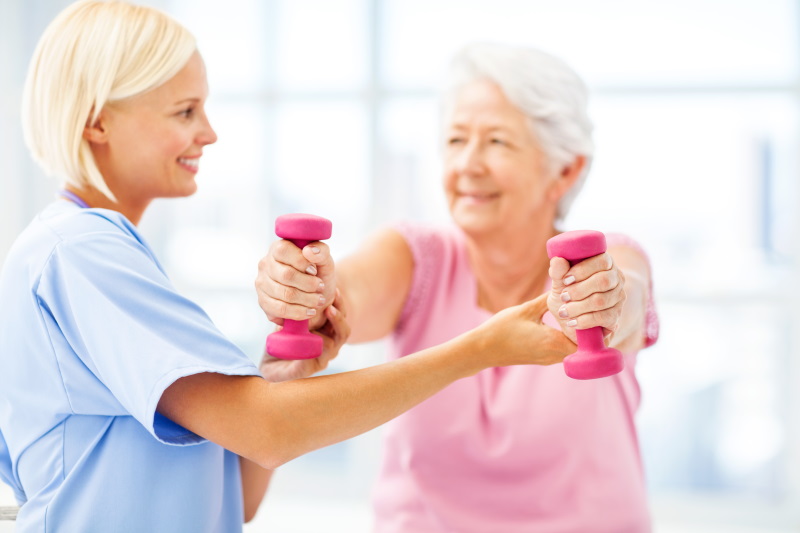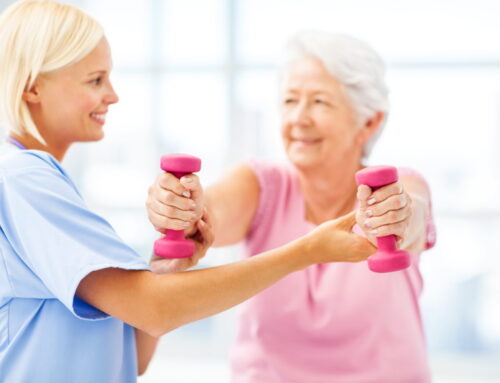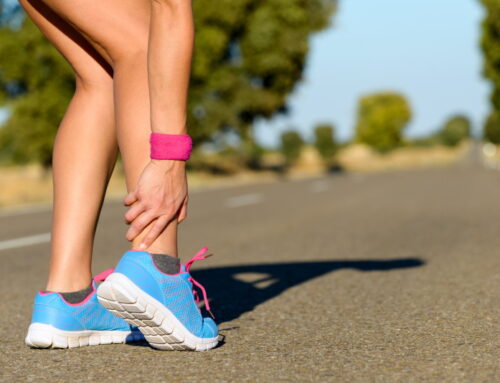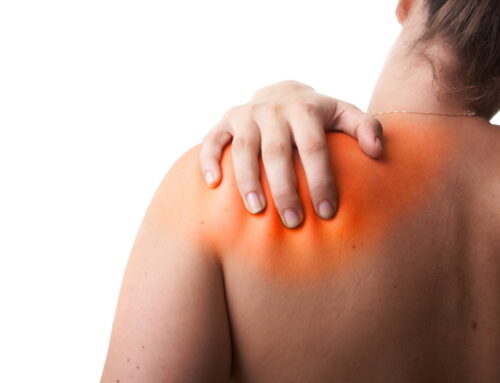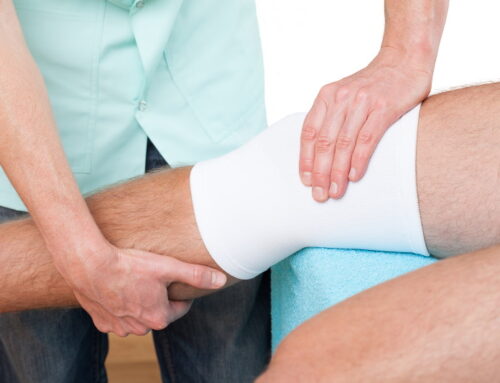Osteoporosis is the loss of calcium and other minerals from a person’s bones, which makes the bones quite porous and susceptible to breaking.
In Ireland, around half of all women and one third of men over 60 years of age have osteoporosis. Women are more likely to have osteoporosis because the hormonal changes of menopause make bone loss worse.
A nutritious diet, sufficient calcium and regular exercise from childhood all help ward off osteoporosis, but people with existing osteoporosis will also benefit enormously from exercise.
This is because a sedentary lifestyle, where you sit on the couch and do nothing, encourages the loss of precious bone mass. You need to get some exercise!
Avoiding Falls
Falls are disastrous for people with osteoporosis, as their fragile bones will break easily. Building up your muscle strength and improving your balance and flexibility will all help guard against falls. Your reaction time is much faster too, so you are far less likely to be a victim when you keep your fitness and flexibility levels up.
Exercise has been shown to slow the rate of bone loss, which reduces the risk of a break if you do suffer a fall.
Benefits of exercise for osteoporosis
A person with osteoporosis can improve their health with exercise in many ways, including:
- Reduction of bone loss
- Conservation of remaining bone tissue
- Improved physical fitness
- Improved muscle strength
- Improved reaction time
- Increased mobility
- Better sense of balance and coordination
- Reduced risk of bone fractures caused by falls
- Reduced pain
- Better mood and vitality.
What’s right for you?
Portobello Physiotherapy Clinic will help design an exercise program to suit your needs; fitness level and lifestyle. They will take into consideration:
- Your age
- The severity of your osteoporosis
- Your current medications
- Your fitness and ability
- Other medical conditions such as cardiovascular or pulmonary disease, arthritis, or neurological problems
- The main aim of your exercise program- improving bone density or avoiding falls?
It’s usually a gentle combination of weight-bearing aerobic and muscle-building (resistance) exercises, together with specific balance exercises that helps people with osteoporosis.
Examples of Exercise Types
- Weight-bearing aerobics exercise including dancing or quick walking
- Resistance training using free weights, elastic band resistance, body-weight resistance or weight-training machines
- Exercises to improve posture, balance and body strength.
Ideally, weekly physical activity should include something from all three groups as you need that balance between strength; cardiovascular fitness and flexibility to optimise your results.
Swimming and water exercise for people with osteoporosis
Swimming and water exercise (such as aqua aerobics or hydrotherapy) are wonderful but remember they are not weight-bearing as the buoyancy of the water counteracts the effects of gravity.
Exercising in water improves cardiovascular fitness and muscle strength, and may be a good choice if you are at a high risk of bone fractures, but ideally you need to add weight bearing exercise too.
Exercises that people with osteoporosis may have to avoid
- Exercises that involve loaded forward flexion of the spine such as abdominal sit-ups
- Exercises that increase the risk of falling
- Exercises that require sudden, forceful movement, unless introduced gradually as part of a progressive program
- Exercise that require a forceful twisting motion, such as a golf swing, unless the person is accustomed to such movements.
Ask your Portobello Physiotherapist for advice on the kinds of exercises that are safe for you. Remember to build up nice and slowly, and maintain a good diet to support all your exercise! If you smoke- stop; it’s very bad for bone density.
For further information on Osteoporosis and exercise call Portobello Physiotherapy Clinic on 01 476 3330.


